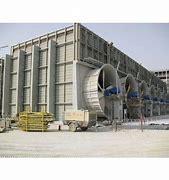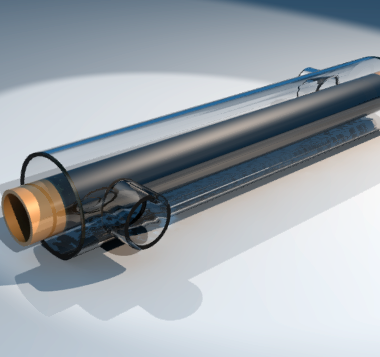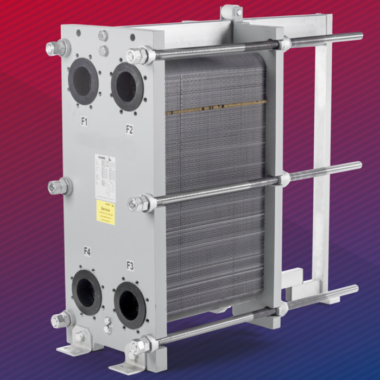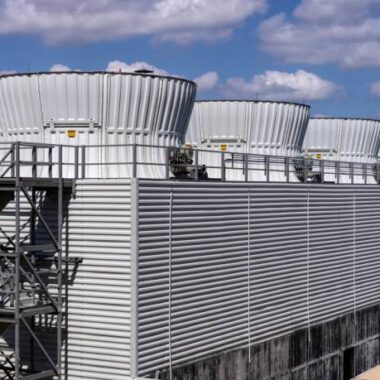Forced Draft Cooling Tower – Overview
Forced Draft cooling tower
A cooling tower is described as having a fan mounted on its side to allow air to travel up the tower from the bottom. This is one of the most economical and powerful cooling towers used in different industrial plants.

Forced Draft Cooling Tower
The forced draft cooling towers remove low-potential heat produced during the manufacturing process. They use forced draught and wet technologies for atmospheric cooling. In the cooling fill, heat is transferred as a result of the counter-flow of hot water and air.
There are numerous advantages to utilizing, which is the reason why so many industrial facilities choose this type over the alternatives. And are both highly powerful and reasonably priced. These models will eliminate low-potential heat produced during manufacture. Heat is transferred in the cooling fill as a result of a counter-flow of air and hot water. Forced Draft Cooling Towers are frequently utilized in factories for the paper and chemical industries.
Components
- Fan stack.
- Fan with drive.
- Cooling fill.
- Drift eliminators.
- Outer shell.
- Water basin.
- Water distribution system.
Features
- Ease of maintenance.
- Lower noise levels.
- Dry air stream drive.
- Low-absorbed capacity.
The towers remove low-potential heat generated in the production process. For heat exchangers using cooling water, if there is an internal leak in one of the tubes or the tube sheet and the working pressure is higher than the cooling water pressure, the combustible product will enter the cooling water. This combustible product mixes with the cooling water and then enters the cooling tower, where it vaporizes and, in some cases, ignites.
Therefore, if you have a heat exchanger with cooling water, it must have less pressure on the process side than the waterside. In such a case, if leakage still occurs there, water will go into the process stream. This is generally less dangerous than the case of hydrocarbons getting into the cooling water.




